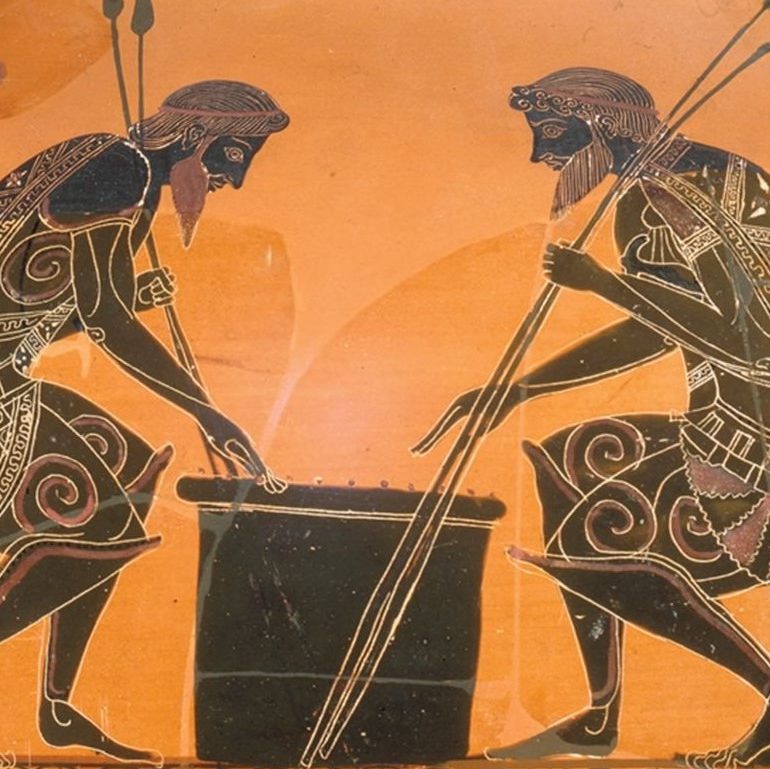Vicki and Hank live on the Navajo Reservation, in Lukachukai, Arizona, a settlement of sixteen hundred people or so just off Indian Route 12, about sixty miles southeast of Monument Valley and the same southwest, mostly south, of Four Corners. You can’t really call Lukachukai a town because there is no town center. There are no businesses except the Giant gas station and mini mart on Route 12, just as you turn west into the widespread settlement on the road that will become Route 13 and that leads through the red earthed Lukachukai Mountains over the state line toward Shiprock, New Mexico, also on the reservation. During the winter when it snows the Route through the mountains becomes impassable
There are community service buildings in Lukachukai, like the Head Start building and the senior center, where Julia spent a day taking portraits of and for the community that we’ll be posting soon. There is also a post office. It is in the Totosh Trading Post, which Vicki and Hank own together. You can see Julia’s photo essay of a day in the life of the trading post here.

Vicki is Navajo and Hank is white, or as the Navajo say, a bellagona, but he grew up on the reservation because his father, from Kentucky, and his mother, from Connecticut, ran a trading post on the reservation themselves, starting from when they married after Hank’s father returned from service in World War II.
When she was five, Vicki and her sister were sent by their parents to a Catholic boarding school in Window Rock, Arizona, the capital of the Navajo Nation. Her parents had not been required to send the children away, as had often been so in Native communities, but the idea of boarding school for the children – a long endeavor by the BIA to destroy Native cultures and assimilate the young – had grown deep roots. Vicki’s parents thought it would be best for the girls. Vicki’s sister is bitter still about being shipped off, but Vicki, though she felt abandoned, enjoyed her years with the nuns, and is a devout Catholic still. When she was fifteen, Vicki was transfered to a public school in Kayenta, where her parents had moved, but still she was boarded. The teachers in the school were white, the caretakers at the dorms Navajo, and they were very strict at behest of the BIA.
Vicki’s father, King Mike, was a Code Talker, like Sam Tso. So was the father of Vicki’s first husband. King rarely spoke of his experiences in the Pacific, except for when he got together with Vicki’s father-in-law. Then they would both drink long into the night and come home drunk. King had a problem with drink, and Vicki is sure that the war was part of the reason. Navajo custom is to keep a distance from the dead, in order to avoid being haunted by their spirits. On Iwo Jima, King walked through landscapes littered with bodies of thousands of dead, stepping over their bodies. For the rest of his life, Vicki believes, he was haunted by the memory.

The first marriage was short. Then Vicki met Hank, who asked her to marry him. She hadn’t answered when Vicki’s grandmother one day told Hank in Navajo to bring her a basket. Vicki asked Hank if he understood what had been said to him. He did. He was to bring a wedding basket, and he and Vicki were to be married. It never occurred to Vicki not to be guided by her grandmother’s decision. She and Hank have been married thirty-seven years.
Like his father and two uncles, Hank went to war, in Vietnam. Like King, Vicki’s father, he doesn’t talk about it. And again, when an old war buddy shows up, Vicki knows that Hank will have nightmares.
We met Vicki and Hank through Joyce. A Southern girl who moved to New York, Joyce worked for famed fashion photographer Bert Stern, who did the last photo shoot of Marilyn Monroe. Joyce traveled the world as Stern’s assistant. Then she took a vacation in Arizona and saw Monument Valley. She had her furniture shipped to her, and never returned to New York. Joyce took a job working nights at the front desk of an Arizona motel. One night a young Navajo man walked in. They are still married, and live in Corrales, New Mexico.
We met Joyce through Hank O’Neal, jazz expert, photographer and long-time friend of Julia, as well as friend to and historian of the work of Berenice Abbott, with whom, in Abbott’s last years, Julia, as a very young photographer, apprenticed. Abbott was one of the twentieth century’s great photographers, famous for her own work and for playing such a crucial role in promoting the work and reputation of Eugène Atget. She also took many of the iconic photos of literary Paris’s 1920’s notables that I focused on with such time-traveling concentration during my graduate years before I met Julia.
Which brought us to Lukachukai.
AJA
